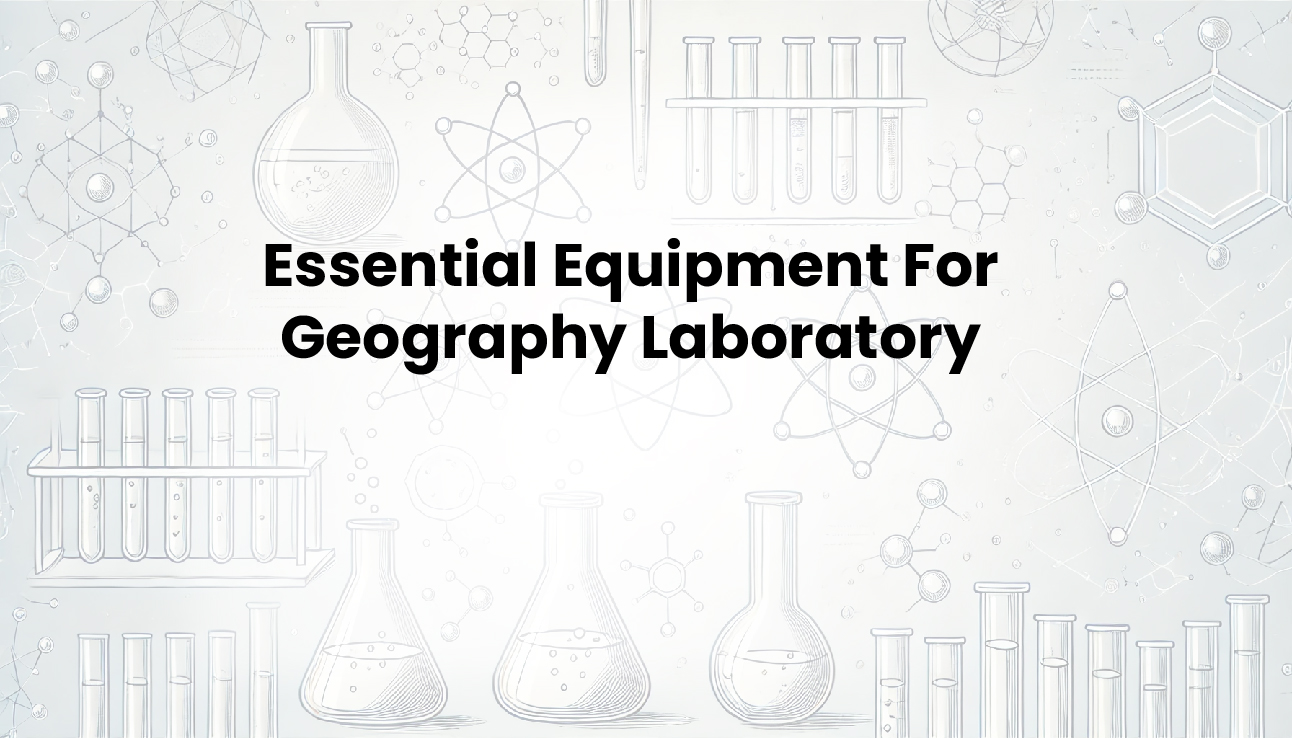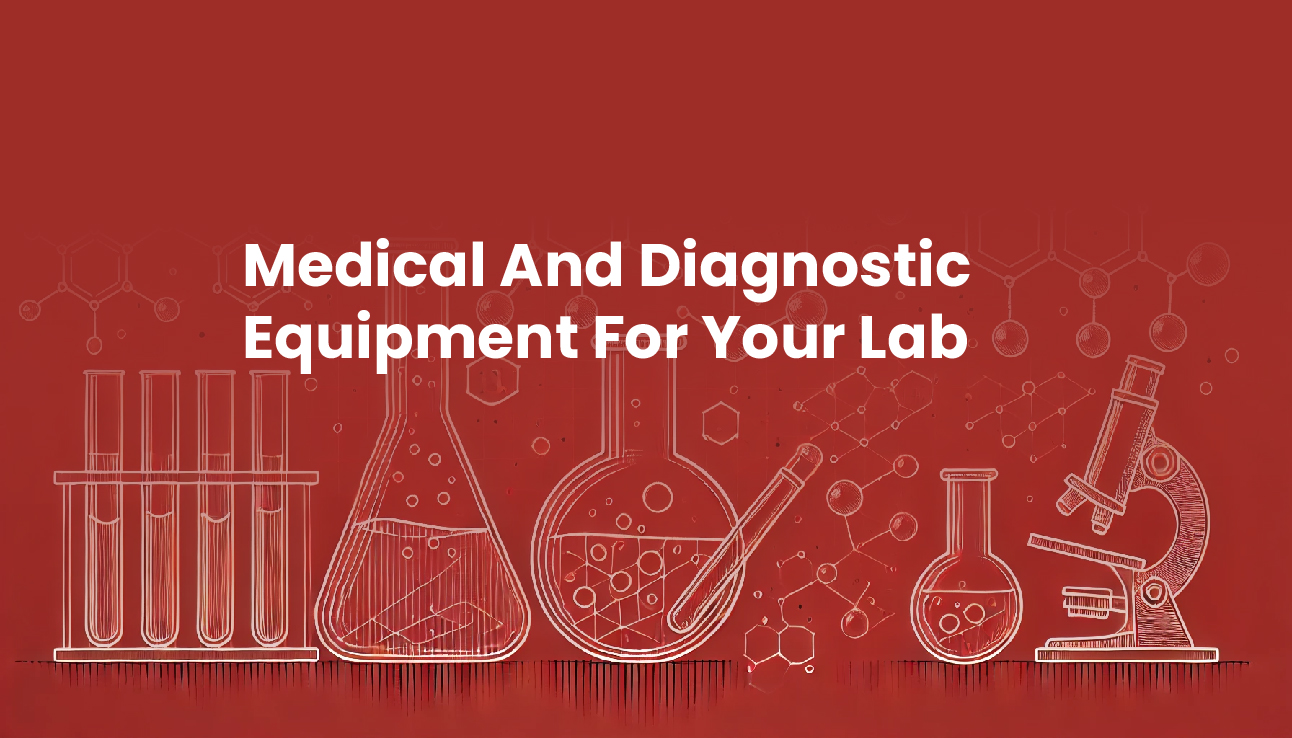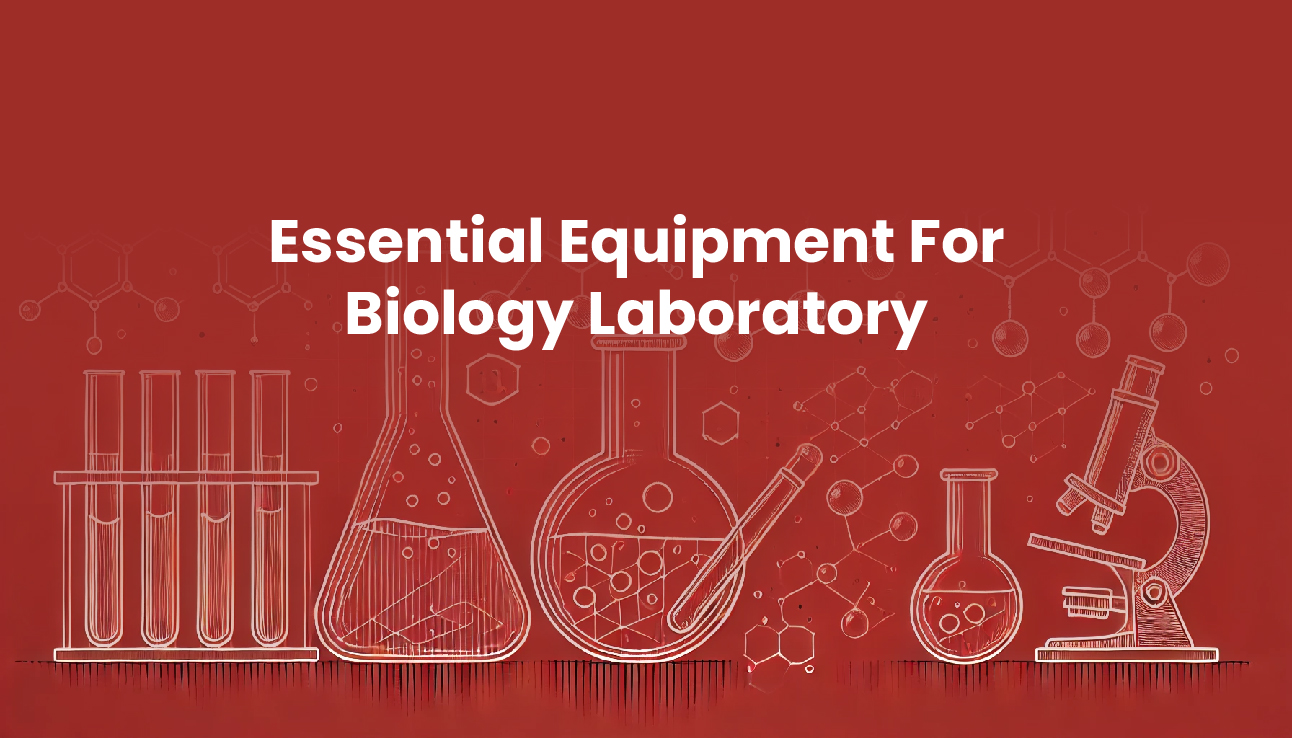When it comes to setting up a laboratory, whether it’s for scientific research, medical testing, industrial applications, or quality control, the installation of lab equipment is a critical step that demands meticulous attention to detail. Proper installation not only ensures the accuracy and reliability of your results, but also guarantees the safety of personnel, prevents equipment damage, and minimizes downtime. Furthermore, it ensures compliance with industry standards, regulatory requirements, and environmental guidelines. This comprehensive guide provides you with a step-by-step process to effectively install lab equipment, ensuring your lab operates smoothly, efficiently, and safely from day one.
Detailed Guide to Lab Equipment Installation
Installing laboratory equipment is a complex task that requires careful planning and execution. From understanding the specifications of your space to ensuring compliance with safety regulations, every detail matters. Whether you are a scientist, a school owner, a factory manager, or an oil rig operator, this guide will walk you through the essential steps to achieve a successful lab equipment installation.
1 . Assess Your Space
Before purchasing any lab equipment, assess the physical space where the equipment will be installed. Consider the following:
- Dimensions: Measure the room to ensure there is enough space for the equipment and for personnel to move around comfortably. Ensure there is adequate clearance around the equipment for maintenance and emergency access.
- Utilities: Check for the availability of necessary utilities such as electrical outlets, gas lines, water supply, and proper ventilation. Ensure the power supply can handle the equipment’s load without overloading circuits.
- Weight Bearing: Ensure that the floors and benches can support the weight of the equipment. Consider reinforcing structures if necessary.
2. Understand Equipment Requirements
Each piece of lab equipment has specific requirements. Read the manufacturer’s guidelines thoroughly to understand:
- Power Needs: Voltage, current, and plug type. Ensure that your lab’s electrical infrastructure can support these needs.
- Environmental Conditions: Temperature, humidity, and light sensitivity. Consider installing ecological controls to maintain optimal conditions.
- Special Requirements: Any special installation needs such as anti-vibration tables or chemical-resistant surfaces. Some equipment may require specific installation conditions to operate accurately.
3. Plan the Layout
Plan the layout of your lab to optimize workflow and safety. Create a detailed floor plan that includes:
- Equipment Placement: Position equipment to facilitate efficient workflow and easy access. Ensure that frequently used equipment is easily accessible.
- Work Areas: Designate areas for specific tasks to minimize contamination and cross-interference. Use signage and markings to delineate these areas.
- Safety Zones: Allocate space for emergency exits, eyewash stations, and fire extinguishers. Ensure these areas are easily accessible and free from obstructions.
4. Prepare the Environment
Prepare the lab environment according to the equipment requirements:
- Electrical Setup: Install additional electrical outlets if necessary and ensure they meet the power requirements. Consider surge protection and backup power supplies.
- Ventilation: Install or upgrade ventilation systems to handle fumes, dust, and other emissions. Ensure compliance with health and safety regulations.
- Environmental Controls: Set up climate control systems to maintain optimal temperature and humidity levels. This is crucial for equipment sensitive to environmental changes.
5. Coordinate Delivery and Installation
Coordinate with suppliers to schedule the delivery and installation of your lab equipment:
- Delivery: Arrange for the delivery to occur during hours when staff is available to receive and inspect the equipment. Ensure there is a plan for moving heavy or bulky equipment safely.
- Installation Services: Utilize professional installation services if available, especially for complex or large equipment. Professionals can ensure proper installation, reducing the risk of damage and operational issues.
6. Follow Installation Procedures
During installation, follow these steps:
- Unpacking: Carefully unpack and inspect the equipment for any damage. Report any issues immediately to the supplier.
- Positioning: Place the equipment in its designated location according to your floor plan. Use leveling tools to ensure stability.
- Assembly: Assemble the equipment as per the manufacturer’s instructions. Use the correct tools and follow all safety precautions.
- Calibration and Testing: Calibrate the equipment and perform initial tests to ensure it’s functioning correctly. Record the initial calibration settings for future reference.
7. Train Your Staff
Provide comprehensive training to your staff on how to use and maintain the equipment:
- Operation: Train staff on proper operation procedures to prevent misuse and damage. Use manufacturer-provided training materials when available.
- Maintenance: Educate staff on routine maintenance tasks to prolong the lifespan of the equipment. Include cleaning protocols, lubrication schedules, and inspection routines.
- Safety Protocols: Ensure all personnel are familiar with safety protocols related to the equipment. Conduct regular safety drills and updates.
8. Documentation and Record Keeping
Maintain detailed records of the installation process:
- Installation Reports: Document the installation process, including any issues encountered and how they were resolved. Include photographs and diagrams if possible.
- Calibration Records: Keep records of calibration and maintenance schedules. These records are essential for regulatory compliance and troubleshooting.
- Compliance Documentation: Ensure all documentation for regulatory compliance is up to date. This includes safety certifications, inspection reports, and maintenance logs.
9. Regular Maintenance
Implement a regular maintenance schedule to ensure equipment longevity and performance:
- Routine Checks: Perform regular checks and routine maintenance as recommended by the manufacturer. Include visual inspections, functional tests, and performance checks.
- Professional Servicing: Schedule periodic servicing by professionals to address any complex issues. Keep a log of all professional service visits.
- Upgrades: Keep track of any available upgrades or modifications to enhance equipment performance. Evaluate the cost-benefit of upgrades periodically.
10. Review and Improve
Continuously review and improve your lab setup:
- Feedback: Collect feedback from staff about the equipment and workflow. Use surveys, suggestion boxes, and regular meetings to gather input.
- Adjustments: Make necessary adjustments to the layout or procedures based on feedback. Implement changes systematically to minimize disruptions.
- Stay Updated: Stay informed about new technologies and best practices in lab equipment installation. Attend industry conferences, subscribe to relevant publications, and participate in professional networks.
Partner with Simmy Franks
For reliable and high-quality lab equipment, instruments, and supplies, consider partnering with SimmyFranks. We prioritize every aspect discussed in this guide and ensure that your products meet the highest standards of performance and safety. SimmyFranks offers:
- Comprehensive Range: A wide selection of lab equipment suitable for various applications, from basic laboratory tools to advanced analytical instruments.
- Expert Support: Professional installation and maintenance services that ensure your equipment is set up correctly and operates efficiently.
- Customer Focus: Dedicated customer support to assist you with all your lab equipment needs, from initial consultation to post-installation support.
- Quality Assurance: Rigorous quality control processes to ensure that every piece of equipment meets stringent standards.
- Competitive Pricing: Affordable pricing without compromising on quality, making them a cost-effective choice for your lab setup.
When you choose SimmyFranks, you are investing in quality equipment and professional services to ensure your lab’s optimal performance. Contact us today or send us a quote.
Frequently Asked Questions (FAQs)
1. What are the key factors to consider when installing lab equipment?
Consider space dimensions, utilities, equipment requirements, and safety regulations. Ensure that all these factors align with the specific needs of your lab operations.
2. Why is proper lab equipment installation important?
Proper installation ensures accuracy, reliability, safety, and longevity of the equipment. It also helps prevent costly repairs and downtime.
3. Can I install lab equipment myself, or should I hire professionals?
While some equipment can be installed by trained personnel, complex or large equipment should be installed by professionals to ensure proper setup and functionality.
4. How can I ensure my lab equipment is installed correctly?
Follow the manufacturer’s guidelines, plan the layout carefully, and use professional installation services when needed. Regularly review installation procedures and seek expert advice if necessary.
5. What should I do if I encounter issues during installation?
Refer to the manufacturer’s troubleshooting guide and contact customer support if needed. Document the issues and resolutions for future reference.
6. How often should lab equipment be calibrated?
Calibration frequency depends on the equipment type and usage; refer to the manufacturer’s recommendations. Regular calibration ensures accurate and reliable results.
7. What maintenance tasks are necessary for lab equipment?
Routine checks, cleaning, calibration, and professional servicing are essential. Follow the manufacturer’s maintenance schedule and keep detailed records.
8. How can I improve the workflow in my lab?
Plan the layout to optimize space, designate specific work areas, and ensure easy access to equipment. Regularly review and adjust the layout based on staff feedback.
9. What safety measures should be in place during equipment installation?
Ensure proper ventilation, electrical safety, and compliance with all relevant safety regulations. Provide safety training to all personnel involved in the installation process.
10. How does SimmyFranks support lab equipment installation?
SimmyFranks offers expert installation services, a wide range of high-quality products, and dedicated customer support to ensure your lab runs smoothly. A team is available to assist with every step of the installation process, ensuring optimal performance and compliance.





